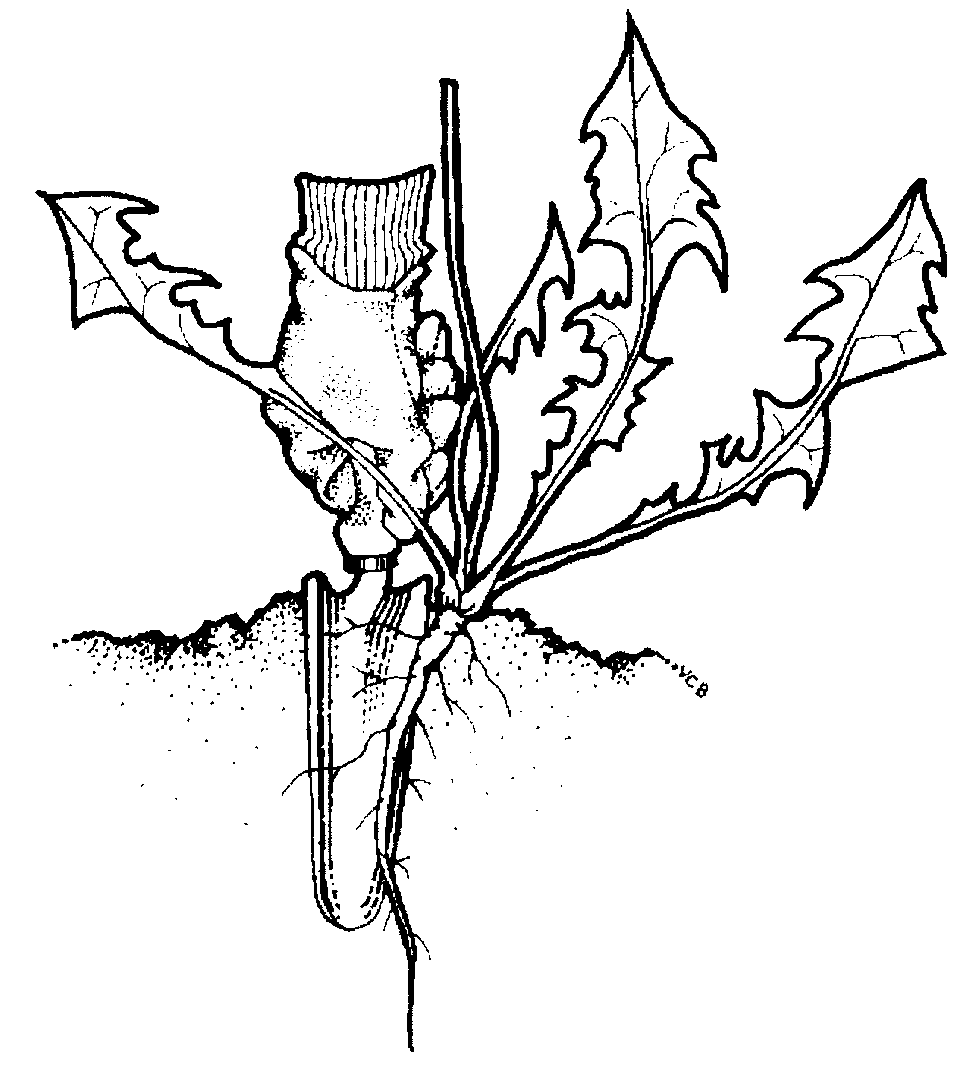(Also known as Mirror Bush)
Coprosma repens
Family: Rubiaceae
Type of weed: Woody weed
Flower colour(s): Green
Flowering Months: January, February, September, October, November, December
Description
A low, spreading, evergreen shrub to small tree 8m high.
Leaves are broadly oval, oppositely arranged with short stalks. Leaves are fleshy and glossy on the upper surface and paler with distinctive glands or pits underneath.
Flowers are small and greenish in small clusters in the leaf axil. It flowers spring to summer.
Fruit is contained in a fleshy globular drupe that matures from glossy green to orange-red.
Alert:
There is a native Coprosma in the Upper Blue Mountains: currant bush or coffee-berry (Coprosma hirtella, which has smaller leathery leaves with dark green and rough (scabrous) upper surfaces. There are no pits on the underside surface of the leaf.
Dispersal
This species reproduces by seed and also vegetatively by rooting of the lower branches (layering). The seeds are spread by birds and other animals and in dumped garden waste.
Impact on bushland
Infestations usually become established under trees where birds regularly perch. The plants then spread laterally and may eventually form dense clumps which impede the growth and regeneration of native plants.
Distribution
Lower Blue Mountains, Upper Blue Mountains
Alternative planting
Native plants
In the Upper Mountains plant:
- Currant bush or coffee-berry (Coprosma hirtella).
Small local trees:
- Hakea dactyloides
- Callistemon spp
- Acacia spp
- Leptospermum spp.
Council provides a tool, on its Mountain Landscapes website, to help you choose native alternative plantings. Choose your village, soil, vegetation community and the purpose of your planting, and the tool will give you suggestions.
There are native nurseries in several Blue Mountains villages, including Glenbrook, Lawson and Katoomba. Please also ask at your favourite local nursery.
Control
- Dig out tap root
- Remove flowers, fruit, pods or seeds
- Cut and paint
Manual control
Hand removal of plants with a tap root

Push a narrow trowel or knife into the ground next to the tap root. Carefully loosen soil. Repeat this step around the tap root. Grasp stem at ground level, rock plant backwards and forwards and pull gently. Tap roots carefully to dislodge soil. Replace disturbed soil and pat down lightly.
Remove seeds, pods or fruit
Gently remove any seeds, pods or fruit and carefully place in a bag.
Chemical control
Note: Herbicides that may be used for this weed include Glyphosate.
Cut and paint

Useful for small to medium sized woody weeds up to 10 cm in diameter.
Make a horizontal cut as close to the ground as possible with secateurs or loppers, and immediately apply concentrated Glyphosate to the exposed stump surface. Do not allow the surface to get covered with soil.
Specific control tips for this weed
- It is best to treat before the plants fruit. Bag and remove any fruit.
- Dig out seedlings and small plants.
- Cut and paint established shrubs.
For key points on these techniques:


